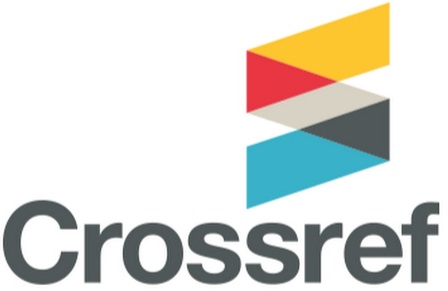E-WOM BOMB EFFECT ON SOCIAL MEDIA INFLUENCE TO BRAND: CASES IN HALAL PRODUCTS
(1) Management, Diponegoro University
(*) Corresponding Author
Abstract
The objective of this study is to analyze social media effect on brand image and purchase intention. The purpose of this study is to explore the impact of Word-of-Mouth (WOM) communication on social media negatively or positively towards the brand / product rumored as
not halal. The investigation shows that about 82 percent of respondents are internet / social networking (such as Facebook or Twitter) users for over 5 years. With the extent of network and the increasing number of users of social networking (Facebook, twitter) then if WOM is used, it
will result in a major impact on the brand image, brand awareness and purchasing behavior. Design / methodology / approach - To collect the data, this paper uses an online survey of social media users (Facebook and Twitter in particular). To analyze the data, this study uses Structural
Equation Modeling (SEM). Findings - The research on WOM as a means of communication has been done by many researchers. The widespread use of social media results in the magnitude impact of WOM on brand, like a bomb such as the impact on the brand, good brand reputation /
brand image, brand awareness which in turn will affect the purchasing behavior (attitudes, interests and action). As a Muslim-majority country, Indonesia is very concerned about halal products, so when the news spread about the products suspected to contain haram substances, the
news will have an impact on the reputation and image of the brand and also have a major impact on purchase behavior. Research limitations / implications - This study provides insight into the role of WOM information on social media which is limited to users of Facebook and twitter in
shaping attitudes towards the issue of the purchase of products containing haram substances. However, the specific characteristics of the truth of the WOM information in shaping perceptions that affects halal / haram products is not explored in this study. Originality / value - The results can help practitioners to determine and overcome the impact of WOM in social
media and provide correct information to make marketing communications more efficient and powerful.
not halal. The investigation shows that about 82 percent of respondents are internet / social networking (such as Facebook or Twitter) users for over 5 years. With the extent of network and the increasing number of users of social networking (Facebook, twitter) then if WOM is used, it
will result in a major impact on the brand image, brand awareness and purchasing behavior. Design / methodology / approach - To collect the data, this paper uses an online survey of social media users (Facebook and Twitter in particular). To analyze the data, this study uses Structural
Equation Modeling (SEM). Findings - The research on WOM as a means of communication has been done by many researchers. The widespread use of social media results in the magnitude impact of WOM on brand, like a bomb such as the impact on the brand, good brand reputation /
brand image, brand awareness which in turn will affect the purchasing behavior (attitudes, interests and action). As a Muslim-majority country, Indonesia is very concerned about halal products, so when the news spread about the products suspected to contain haram substances, the
news will have an impact on the reputation and image of the brand and also have a major impact on purchase behavior. Research limitations / implications - This study provides insight into the role of WOM information on social media which is limited to users of Facebook and twitter in
shaping attitudes towards the issue of the purchase of products containing haram substances. However, the specific characteristics of the truth of the WOM information in shaping perceptions that affects halal / haram products is not explored in this study. Originality / value - The results can help practitioners to determine and overcome the impact of WOM in social
media and provide correct information to make marketing communications more efficient and powerful.
Keywords
Electronic word of mouth communication; Brand awareness; Brand image; Consumer behavior; Halal products
Full Text:
PDFDOI: https://doi.org/10.24123/jmb.v14i1.302
Article Metrics
Abstract view : 626 timesPDF - 127 times
Refbacks
- There are currently no refbacks.
Copyright (c) 2018 Journal of Management and Business
This work is licensed under a Creative Commons Attribution 4.0 International License. ISSN: 1412-3789. e-ISSN: 2477-1783.
 |  |  |  |
 |  |  |  |



